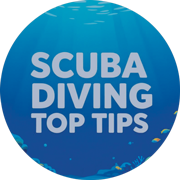5 Must-Visit Scuba Diving Destinations for Every Diver
1. Koh Tao, Thailand – Perfect for Beginners
Located in the Gulf of Thailand, scuba diving thailand koh tao is one of the most popular places in the world to get certified. With warm water, gentle conditions, and plenty of dive schools, it’s ideal for beginners.
-
Affordable PADI and SSI courses
-
Year-round diving (best March–September)
-
Marine life: turtles, reef sharks, barracudas
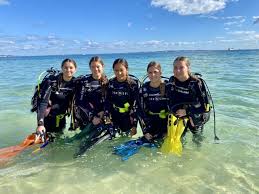
2. Raja Ampat, Indonesia – The Biodiversity Capital
This remote area of West Papua is home to the highest marine biodiversity on the planet. It’s not the easiest place to get to, but it’s worth every second.
-
Stunning coral reefs and schools of fish
-
Excellent macro diving and rare species
-
Best accessed by liveaboard
3. The Red Sea, Egypt – Wrecks, Reefs, and Walls
With warm water, crystal-clear visibility, and a mix of wreck and reef dives, the Egyptian Red Sea is a favorite among divers of all skill levels.
-
Dive the SS Thistlegorm wreck
-
Wall dives in Ras Mohammed National Park
-
Excellent visibility (20–40m)
4. Cenotes, Mexico – Freshwater Cave Adventures
Diving in cenotes is like floating through another world — with shafts of light, stalactites, and surreal rock formations in crystal-clear freshwater.
-
Requires good buoyancy control
-
Great for photographers
-
Unique combination of cave and open water
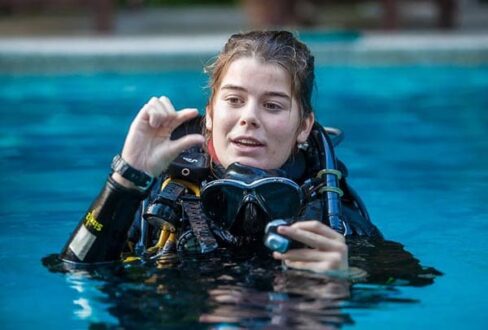
5. Galápagos Islands, Ecuador – Big Animal Encounters
For experienced divers looking for thrill and challenge, the Galápagos delivers. You’ll need strong drift diving skills and a thick wetsuit, but the rewards are immense.
-
Hammerhead schools, sea lions, whale sharks
-
Strong currents and advanced conditions
-
Best via liveaboard trips
Bonus Tip: Before booking your trip, check the dive season, water temperature, and skill level needed. Some of these spots are best for beginners, others for advanced divers only.
How to Improve Your Air Consumption While Scuba Diving
Running low on air before the rest of your group? It’s more common than you think, and it’s something every diver can improve with awareness and a few smart habits.
The key is to become a more efficient and relaxed diver — which, in turn, reduces your breathing rate and helps you make the most of your tank.
Why It Matters
-
Longer bottom times
-
Less stress and better safety
-
More enjoyable dives with your group
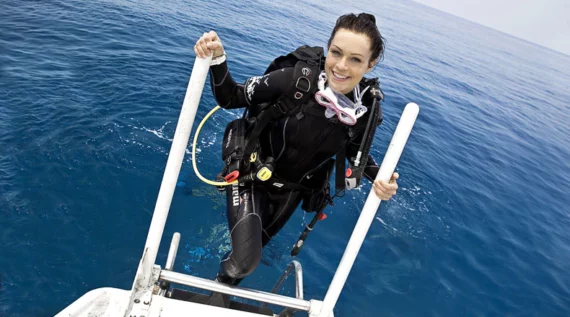
Practical Tips to Improve Air Consumption:
1. Focus on Your Breathing
Sounds obvious, but the way you breathe affects your entire dive.
-
Inhale slowly and deeply through your regulator.
-
Exhale even more slowly to empty your lungs fully.
-
Avoid breath-holding or shallow, rapid breaths.
2. Perfect Your Buoyancy
Constantly adjusting your depth or using your fins too much? That’s burning air.
-
Spend time practicing buoyancy skills (try hovering mid-water).
-
Use your BCD correctly — small puffs of air go a long way.
-
Carry the right amount of weight — overweighting makes buoyancy harder.
3. Streamline Your Gear
Loose hoses and poor trim can increase drag and effort while swimming.
-
Secure your hoses and accessories.
-
Tuck in dangling gear.
-
Keep a horizontal position in the water to reduce resistance.
4. Dive Slower
It’s not a race. Move at a relaxed pace to conserve energy and stay present.
-
Use slow, efficient fin kicks.
-
Avoid flailing or constantly adjusting direction.
5. Stay Warm
Cold divers breathe faster. Wearing the correct wetsuit for the conditions helps conserve air and reduce fatigue.
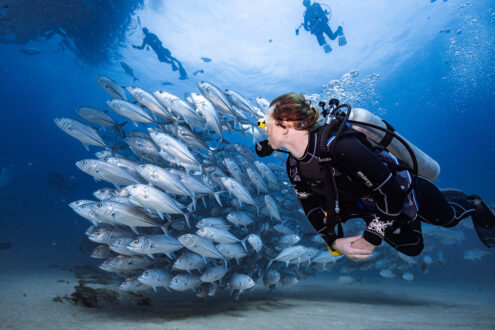
6. Improve Fitness
Better cardiovascular fitness = more efficient oxygen use.
-
Stay active between dive trips.
-
Yoga, swimming, and walking can all help.
7. Stay Calm
Stress and anxiety speed up breathing. Practice mindfulness and confidence-building techniques.
-
Take deep breaths before descending.
-
Pause to enjoy the environment instead of worrying about your depth or time.
Final Thought:
Improving your air consumption won’t happen overnight, but with a little attention and consistent practice, you’ll soon find yourself staying down longer and enjoying your dives more deeply.
10 Essential Scuba Diving Tips for Beginners
New to diving and getting your PADI? Whether you’ve just completed your Open Water course or you’re preparing for your first few dives, the underwater world can feel overwhelming at first. But don’t worry — everyone starts somewhere. Here are 10 beginner-friendly tips that will boost your confidence, improve your safety, and help you enjoy every moment underwater.
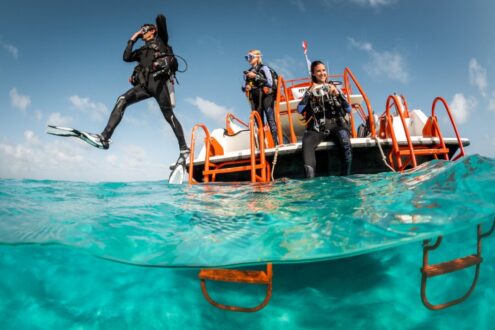
Top Tips:
Relax and Breathe Slowly
Panicking wastes air — stay calm and focus on slow, steady breathing.Double-Check Your Gear
Always do a buddy check. Know where your alternate air source and weights are located.Equalize Early and Often
Don’t wait until you feel discomfort — equalize continuously as you descend.Practice Buoyancy Control
Buoyancy makes or breaks your dive. Take the time to master it early.Don’t Touch the Reef
It’s fragile and alive. Avoid accidental damage by staying neutrally buoyant.Stay Close to Your Buddy
Good communication and proximity help avoid stress or separation.Know Your Limits
Don’t exceed your training, air supply, or no-decompression time.Be Honest with Your Instructor or Divemaster
Nervous or unsure? Say so. They’re there to help, not judge.Hydrate and Rest Before Dives
Diving dehydrated or tired can increase your risk of DCS and fatigue.Have Fun and Go Slow
Don’t rush — the magic of diving is in the little things.
